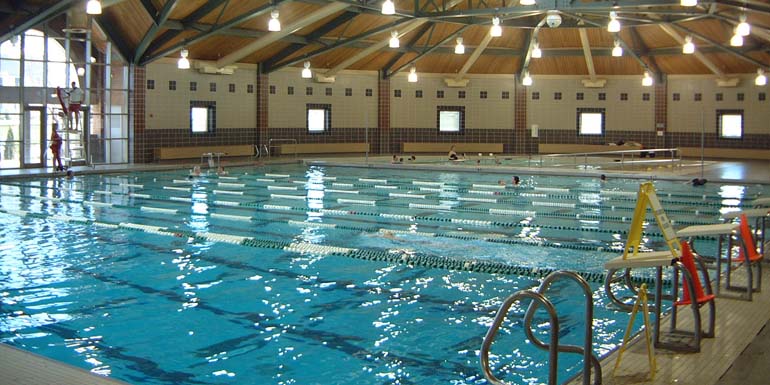
By Chris Soh
Sesame Street’s Kermit the Frog may have had a point when he sang, ‘It’s not easy being green.’ In the past, this may have also been true for indoor pools, as designers, developers and managers wrestled with how to cost-effectively operate and maintain comfortable indoor conditions for patrons in various outdoor climates. Today, however, it has become easier to maintain indoor conditions with improvements in structural design, equipment and advanced operating techniques.
‘Green,’ with regards to indoor pools, may have many different shades. For example, it can come in the form of saving power through energy recycling, or using dehumidification equipment that operates efficiently under all conditions.
Select the right equipment and location
Selecting dehumidification equipment is probably one of the most critical decisions in the development of an efficient indoor pool facility. When evaluating the different products available, compare the components each system uses. Keep in mind, only dehumidifiers designed for indoor pool environments should be considered. Standard air handlers work well in heating, ventilating, and air conditioning (HVAC) applications, but can quickly deteriorate in a corrosive pool environment. For example, installing a standard dehumidification unit with a 15-year rated lifespan under non-pool environment conditions can self-destruct in only a few years of pool operation.
The facility’s geographic location should also be considered when selecting equipment.
For facilities in cold, dry areas, heating will be required a majority of the time. As such, a system that uses air-to-air heat recovery will reduce heating needs by capturing energy in the ventilation air stream. Recycling this heat energy is critical to savings.
Heat recovery systems, such as heat pipes or plate-type heat exchangers, recover waste heat from the exhaust air stream and return it into the outside air stream. Ventilation-based dehumidification units maintain reasonably good summer conditions, but are not as accurate as mechanical dehumidification equipment. Using non-refrigerant-based ventilation equipment can also save energy. These systems take advantage of the outdoor air being drier than the air in the pool room and utilize it for humidity control.
In hot, moist environments, mechanical dehumidification equipment is almost always required to maintain low relative humidity levels and cool the pool room during the summer. In this case, it is important to have a unit with an efficient refrigeration system, which allows compressor cycling and air-mixing control.
In areas with long-hot seasons and low humidity, either dehumidification through ventilation or mechanical dehumidification can be used. Cooling can be maintained using chilled water (ventilation-type) or refrigeration (mechanical dehumidification) during peak heat times. As the temperature decreases, compressors can be shut down to save energy while maintaining the desired relative humidity level.






